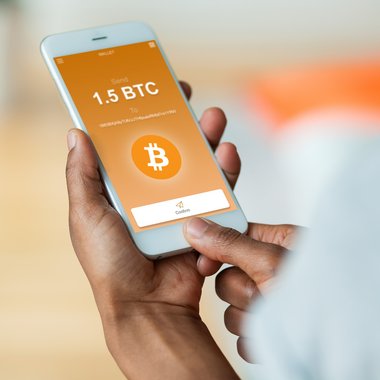
- Three minutes read
Merchant’s guide: adding new payment options to the online checkout
Today, around the world, and particularly among younger generations, smartphone apps and digital wallets are used to make purchases and transfer payments with just a few taps. There are several emerging payment options available that are quickly gaining popularity with consumers. This brings a great level of convenience to online purchases and transactions.
Several factors have accelerated this trend so far, including the pandemic, and are now forcing merchants to integrate alternative payment methods (APM) at a record pace. Whether it is QR codes, digital wallets, mobile wallets, eCash, or bank transfers, personal banking is changing quickly. Thus, the adoption of alternative payments is a must for merchants if they want to keep up with and benefit from the continued growth of eCommerce and the digitalization of financial services.
How to select and implement an APM solution?
Large companies, particularly those scattered throughout several countries, are seeking to adopt an APM to attract consumers in different geographies. The biggest problem is that there is not a single way to connect merchants in a region nor an APM that works the same way across multiple countries. There are differences across borders, varying purchasing patterns and propensities between the age ranges of consumers. The success lies in implementing an APM that recognizes that each geography and each generation represents a different business case, and therefore the consumer priorities and implementation timeline are also different.
When considering implementing an APM, it is important to answer the following questions:
- What is the coverage and scope? There are many APMs and understanding which one is predominant and the penetration per country is essential.
- Does the implementation timeline tie to business priorities? It is imperative to understand those priorities and that not all countries function the same way, which means APMs need to be rolled out in stages.
- Have you defined the geographies where you will start? The business volume of any given APM is based on the payment options available in each country, whether the use of cash or credit card predominates, and the existing penetration of alternative payment methods. For example, the APM penetration in Peru (27%) is one of the highest, followed by Mexico (24%), while Brazil, even with its large market size, is smaller (18%).
- Who is the target consumer? This must be clearly defined given the variance in preferences by demographic. If they are younger, instant payments need to be offered. For older populations, bank transfers and cash payments are the solution. For unbanked, regardless of age, a cash option is needed.
- Have the operational efforts necessary to implement an APM been considered? Transactional costs are relevant but not the only variable to consider. The operating cost is based on the amount of work needed to implement the correct APM given a company’s specific refund process and timing, including whether each refund will be processed via bank transfer or cash and the costs for execution.
- What type of confirmation is needed? Not all APMs offer immediate online confirmations.
- How is it integrated? A user-friendly API that supports a minimum integration effort and gives you access to many countries.
Finally, what is the cost per transaction? It can be very cheap, but you can lose sales because the reach of the APM is limited, or back-end operational efforts have huge hidden costs and therefore a negative impact on the total value.




